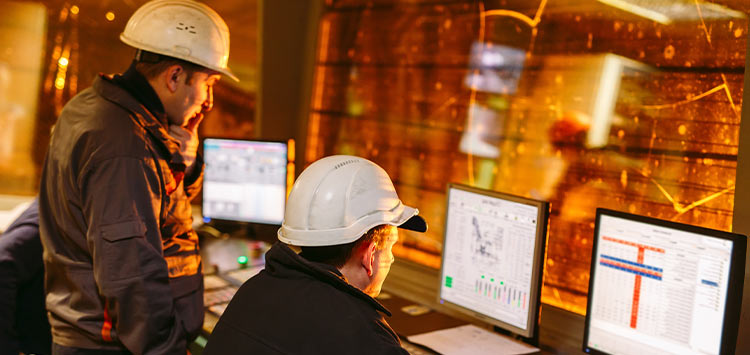Beyond Connectivity: How AI-Powered IoT Architectures Unlock Intelligent Industrial Ecosystems
- Home
- Blog

Prateek Khare
 Praful Dandgawal
Praful Dandgawal
|

Introduction: From Connected Devices to Intelligent Operations
Imagine your smart equipment environment: connected assets generating data, sensors capturing every movement, and devices communicating across networks. It seems intelligent - but in most cases, data remains fragmented across machines, sites, and systems. Teams are left reacting to issues rather than preventing them.
True transformation begins beyond connectivity. AI-powered IoT architectures don’t just connect equipment - they create collaborative, learning systems that can predict, optimize, and adapt in real time. With the right IoT consulting partner, OEMs can unlock intelligent ecosystems that are not only efficient, but resilient and revenue-generating.
The Problem: Why Connectivity Alone Doesn’t Deliver Intelligence
Despite years of IoT investments, many OEMs are stuck at the data collection stage. Challenges persist:
- Sensor data overload is slowing down actionable insights
- Legacy equipment can’t integrate with modern devices
- Dispersed operations make it hard to see the bigger picture
These limitations hinder visibility, delay decision-making, and constrain growth. What OEMs truly need is not just data - but intelligence at the edge, across the cloud, and within every decision-making layer.
The Solution: AI-Powered IoT Architectures That Learn and Adapt
Intelligent IoT architectures are built with Artificial Intelligence at their core, enabling OEMs to shift from reactive operations to proactive, data-driven performance management.
With the guidance of an experienced IoT development partner, OEMs can:
- Deploy AI at the edge to analyze sensor data in real time, detect anomalies, and take autonomous corrective actions
- Securely connect devices to cloud platforms, enabling centralized visibility and advanced analytics
- Utilize digital twins to simulate and optimize equipment performance before implementing changes
- Enable predictive maintenance across geographies, reducing unplanned downtime and maximizing equipment lifespan
These systems transform distributed operations into cohesive ecosystems - where machines, platforms, and people work in sync to deliver measurable outcomes.
Industrial IoT Trends Defining 2025
To remain competitive, OEMs must align with the following trends:
- Edge AI: Delivering instant insights at the device level, minimizing cloud latency
- Digital twins: Simulating processes and behaviors to optimize performance across environments
- Generative AI: Driving new gains in predictive maintenance, quality control, and energy optimization with Gen AI solutions
- Cross-site integration: Creating unified ecosystems for secure, enterprise-wide collaboration
These technologies aren’t future concepts - they’re current imperatives for OEMs committed to leadership in efficiency and innovation.
Empowering Teams with Intelligence - Not Replacing Them
AI-powered IoT isn’t about replacing people - it’s about enhancing their decisions and reducing operational risks.
With contextual insights and machine intelligence, operational teams can:
- Make faster, smarter decisions across equipment networks
- Reduce errors and avoid costly disruptions
- Optimize energy, asset utilization, and resource consumption
Saviant’s approach ensures that technology remains a force multiplier for human expertise, not a barrier. To see these strategies in action,
read our detailed case study and discover how manufacturers are achieving measurable results.
Turning Intelligence into Measurable Results
The path forward is clear: Intelligent ecosystems built on AIoT unlock performance, resilience, and revenue.
At Saviant, our Artificial Intelligence team help smart equipment manufacturers:
- Architect Generative AI powered IoT solutions tailored to their environment
- Monetize smart software with freemium and SaaS strategies
- Prove value fast with rapid prototyping and pilot deployments
- Build intelligent systems that adapt across locations, assets, and teams